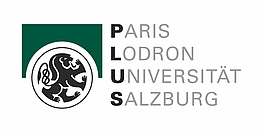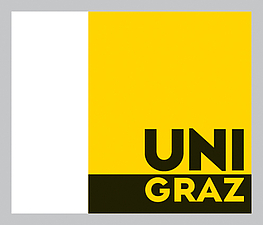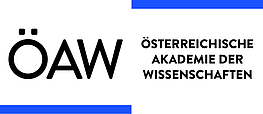Quasi-Monte Carlo Methods: Theory and Applications
FWF Special Research Program (SFB)
Project Part 10 (R. Tichy): Diophantine Equations, Discrepancy and Finance
SFB funding period 2 (2018-2022)
It is well-known that arithmetic properties of linear recurring sequences play an important role in the analysis of various aspects of pseudorandomness. In the first part of this project we will further explore various Diophantine and dynamical properties of such sequences. This will involve methods from Diophantine analysis such as Baker's theory of linear forms in logarithms, W. Schmidt's subspace theorem and the Baker-Davenport reduction method. This will lead also to a cooperation with A. Winterhof's subproject as well as to the study of various pseudorandom measures. Following Gyarmati, Mauduit and Sárközy, the normality measure, the well-distribution measure and the correlation measure will be studied. The second part of the project is devoted to discrepancy and normality, as well as to associated dynamical systems. In particular we focus on computational aspects of normal numbers, i.e. for instance on the construction of absolutely normal numbers. This continues work of Sierpinski, Turing and Schmidt and is strongly related to a new development initiated by Becher, Heiber and Slaman. Furthermore, we want to investigate arithmetic dynamical systems. In particular, multi-dimensional van der Corput sets and bounded remainder sets of low discrepancy sequences will be studied. The third part of the project is devoted to QMC-methods and financial modeling. In this part rigorous error bounds for risk models involving jump processes lie in the focus of research. This involves new variants of Koksma-Hlawka type inequalities due to Aistleitner, Pausinger and Svane.
SFB funding period 1 (2014-2017)
QMC methods are frequently used in applied mathematics, in particular for the evaluation of multivariate integrals and for simulations in mathematical physics and finance. In the last decade probabilistic methods have been fruitfully used to achieve QMC error bounds which depend linearly in the dimension. Furthermore, a combination of such probabilistic tools with deep machinery from Diophantine analysis can be used to obtain precise limit laws for discrepancy functions and related objects of QMC theory. This project part consists of five parts: 1) Lacunarity, symmetry and Diophantine equations with a focus on permutation invariant limit laws. 2) Geometric discrepancy. 3) Pseudorandomness and discrepancy. 4) Uniform distribution and dynamical systems. 5) QMC methods, copulas and finance.
We will use a great variety of tools from the theory of diophantine equations and approximations such as Schmidt's subspace theorem as well as martingale inequalities, harmonic analysis, ergodic theory and combinatorial methods.







